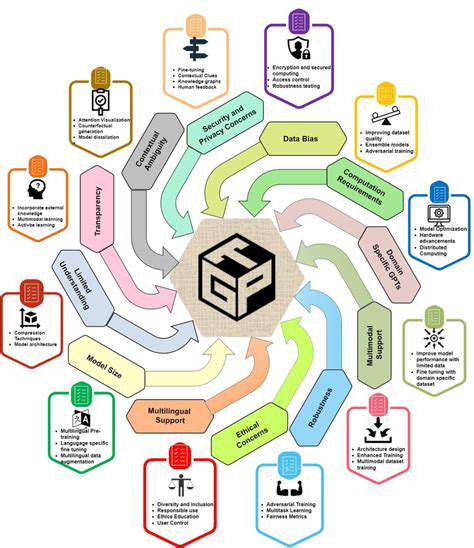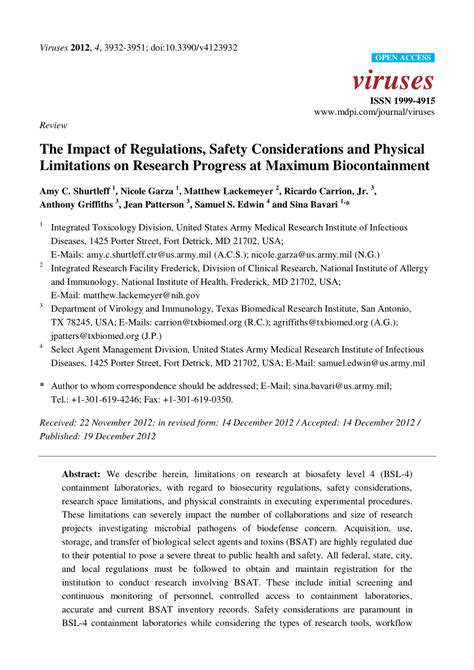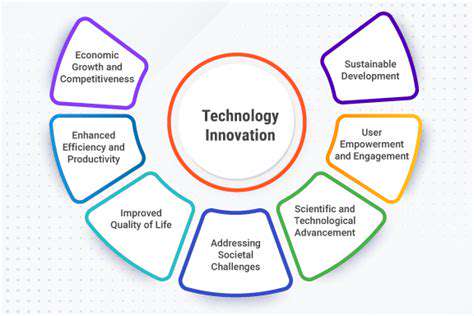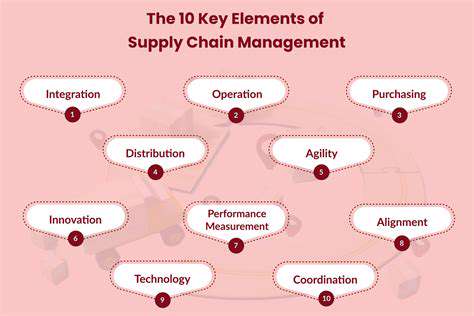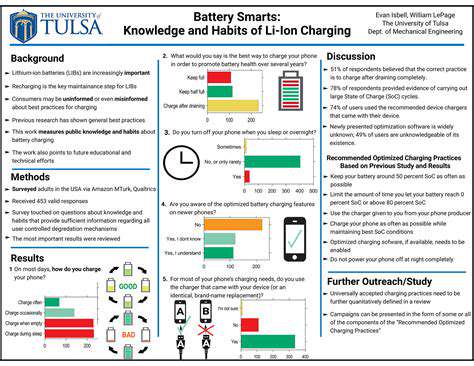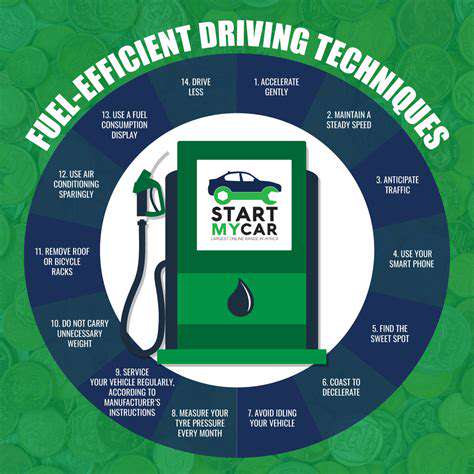What is Blind Spot Monitoring (BSM)?
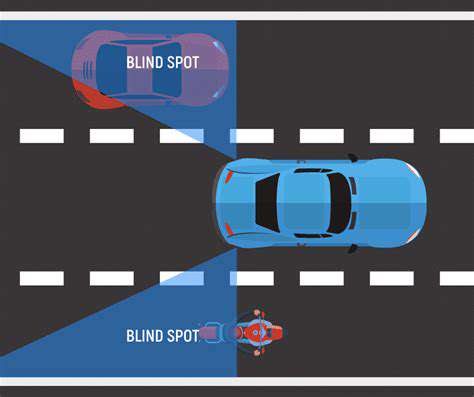
Understanding Blind Spot Monitoring (BSM)
Modern vehicles increasingly rely on Blind Spot Monitoring (BSM) systems as a critical safety component. These systems employ sophisticated sensors to identify vehicles in areas the driver cannot easily see, providing crucial alerts about potential dangers. This forward-thinking safety measure has been shown to reduce accident rates and improve roadway safety overall. Through visual indicators or audible signals, BSM technology empowers drivers with the information needed to make safer decisions on the road.
Types of Blind Spot Detection Systems
Automakers implement different technological approaches in BSM systems. Radar technology, which uses radio wave detection, remains widely adopted. Some manufacturers combine this with camera systems that display blind spot areas directly on the vehicle's screen. The most effective solutions often integrate multiple technologies to maximize detection accuracy.
How BSM Systems Operate
Side-mounted sensors form the backbone of most BSM systems, continuously scanning the vehicle's surroundings. When the system identifies another vehicle in a blind spot, it triggers an alert mechanism. This warning might appear as a light on the side mirror or dashboard, sound as an audible tone, or both simultaneously. These alerts are carefully designed to immediately capture the driver's attention when potential hazards exist.
Safety Advantages of BSM Technology
BSM's primary value lies in its ability to prevent accidents. By making drivers aware of vehicles they might otherwise miss, these systems dramatically decrease the likelihood of side-impact collisions during lane changes or merges. Studies confirm that vehicles equipped with BSM experience fewer accident-related injuries and property damage. Additionally, regular use of these systems encourages more attentive driving behaviors.
Integration with Advanced Safety Systems
Blind Spot Monitoring rarely operates in isolation, typically functioning as part of comprehensive Advanced Driver-Assistance Systems (ADAS). These integrated safety packages may include features like adaptive cruise control and collision warning systems. When combined with other ADAS components, BSM contributes to a multi-layered protective system that addresses various driving risks.
Alert Mechanisms in BSM
Manufacturers employ different warning methods in BSM implementations. Visual indicators commonly illuminate on side mirrors or instrument panels, while auditory alerts typically use distinctive chime patterns. Warning systems undergo rigorous testing to ensure they effectively communicate potential dangers without distracting the driver.
Recognizing System Limitations
While BSM systems provide significant safety benefits, drivers should understand their constraints. Adverse weather conditions like heavy precipitation can occasionally interfere with sensor performance. The technology may also generate false alerts for non-vehicle objects near the car. Responsible drivers use BSM as a helpful aid rather than a replacement for proper mirror checks and shoulder glances. Maintaining traditional safe driving practices remains essential even with advanced safety features.
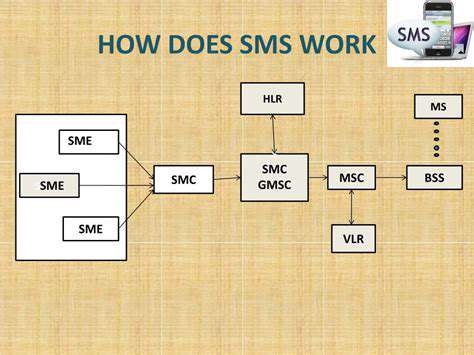
Benefits of Blind Spot Monitoring Systems
Enhanced Safety and Reduced Accidents
Blind spot monitoring technology plays a vital role in modern vehicle safety. By alerting drivers to vehicles in their blind zones, these systems help prevent dangerous lane-change collisions. The technology's proactive warnings give drivers critical extra seconds to respond to potential hazards, significantly lowering accident rates and protecting all road users.
Rear-end collision prevention stands out as a major advantage. BSM systems detect approaching vehicles that might otherwise go unnoticed, allowing drivers to maintain safe following distances. This capability substantially reduces one of the most frequent accident types on roadways today.
Improved Awareness and Situational Awareness
BSM technology dramatically enhances driver perception of their vehicle's surroundings. The system's alerts provide real-time information about vehicles in traditionally difficult-to-see areas, enabling better decision-making. This increased awareness helps drivers anticipate potential conflicts and adjust their driving accordingly.
By continuously monitoring blind spots, these systems provide drivers with a more complete picture of nearby traffic. The resulting improvement in situational awareness promotes defensive driving techniques that benefit all road users.
Reduced Risk of Rear-End Collisions
Blind spot monitoring systems demonstrate particular effectiveness in preventing rear-end collisions. Many such accidents occur when drivers fail to notice vehicles approaching from the rear quarter areas. BSM addresses this issue by providing immediate warnings when vehicles enter these critical zones.
The system's timely alerts give drivers opportunity to check mirrors and adjust speed appropriately. This preventive approach substantially decreases rear-end collision risks while promoting smoother traffic flow.
Increased Driver Confidence and Peace of Mind
Drivers frequently report greater confidence when operating vehicles equipped with BSM technology. The additional safety layer reduces stress associated with lane changes and highway merging. This psychological benefit allows drivers to concentrate better on overall traffic conditions.
The reassurance provided by BSM often results in more relaxed, attentive driving. This positive effect on driver mindset contributes to safer roadways and more pleasant travel experiences.
Enhanced Visibility for Vulnerable Road Users
BSM systems provide critical assistance in detecting motorcycles, bicycles, and other vulnerable road users. These smaller vehicles often disappear in traditional blind spots, creating significant collision risks. The technology's ability to identify these hard-to-see road users represents a major safety advancement.
This capability proves especially valuable in urban environments where diverse transportation modes share roadway space. By improving detection of vulnerable users, BSM contributes to more inclusive road safety.
Long-Term Cost Benefits
While BSM systems require initial investment, they often prove economically advantageous over time. Accident prevention translates to savings on repair costs, medical expenses, and insurance premiums. Many insurers offer discounts for vehicles equipped with such safety technologies.
The financial argument for BSM strengthens when considering potential savings from avoiding just one serious collision. These economic factors make the technology appealing to both individual drivers and fleet operators.
Continuing Technological Evolution
Blind spot monitoring technology continues advancing rapidly. Current systems increasingly incorporate artificial intelligence for better object recognition and fewer false alerts. Some models now integrate with navigation systems to provide context-aware warnings.
Future developments may include vehicle-to-vehicle communication capabilities that further enhance safety. This ongoing innovation ensures BSM systems will remain relevant as transportation technology progresses.

